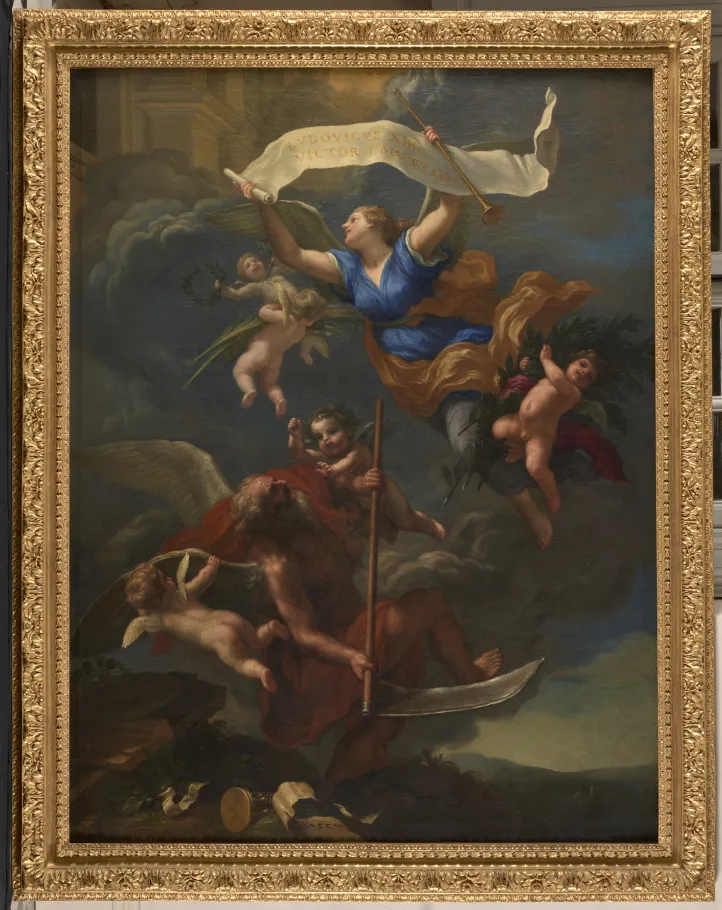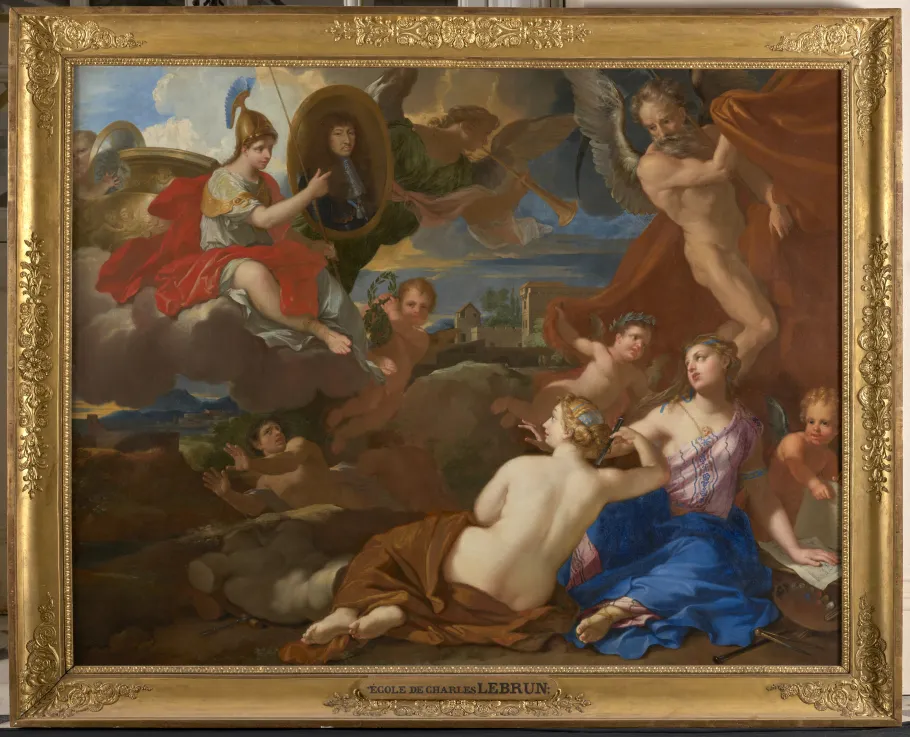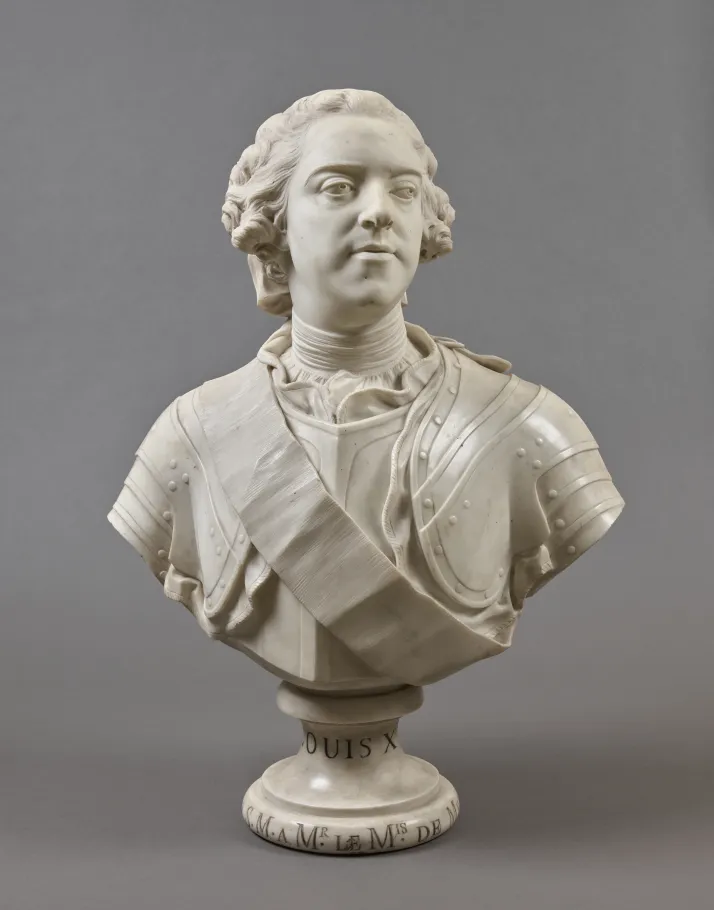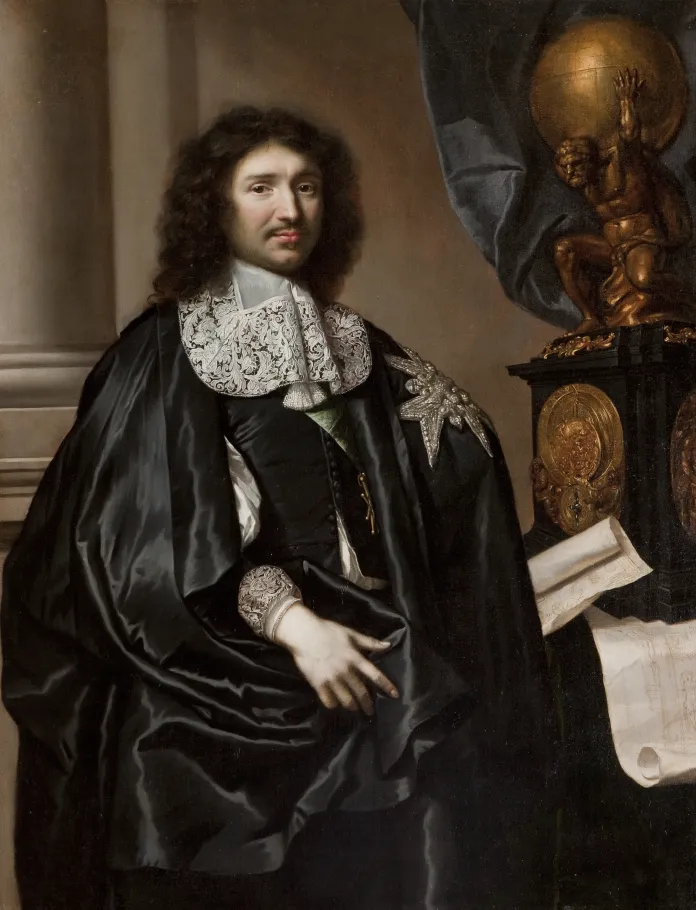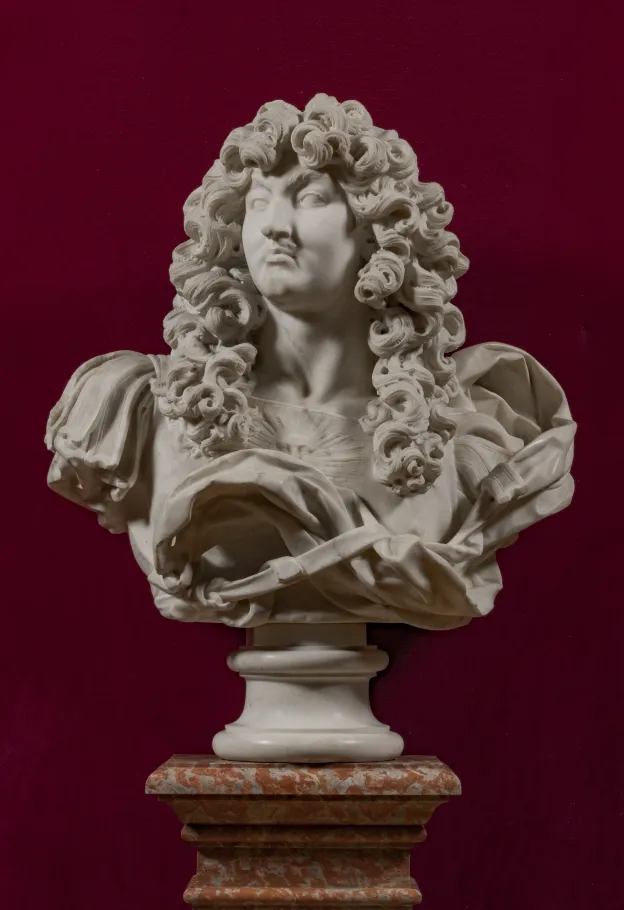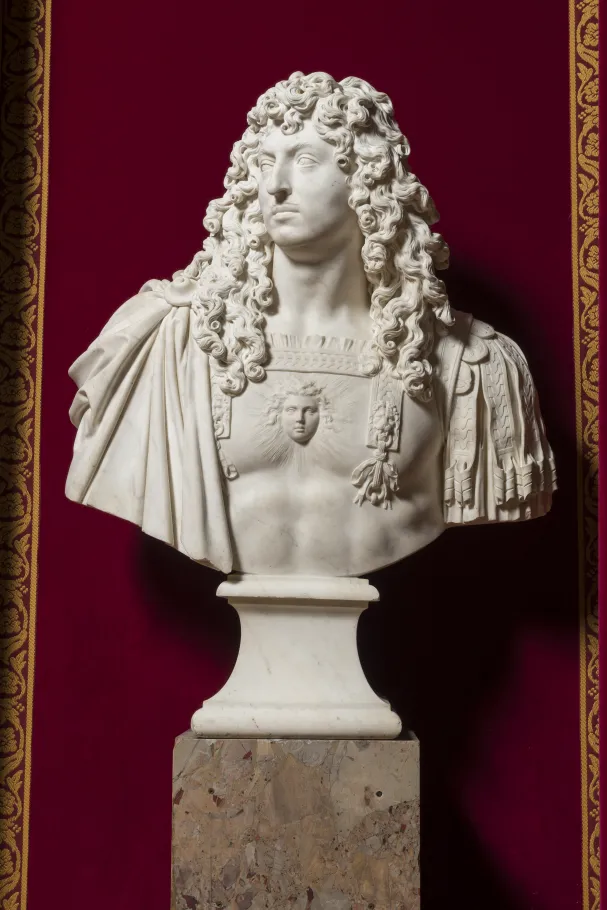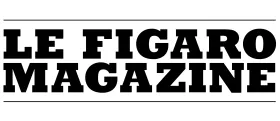From 3 June to 28 September 2025, the Palace of Versailles was presenting an exhibition focusing on the famous bust of Louis XIV created by Gian Lorenzo Bernini, a key figure of the Italian baroque era in the 17th century, better known in France as ‘le Bernin’.

EXHIBITION Genius and majesty - Louis XIV by Bernini
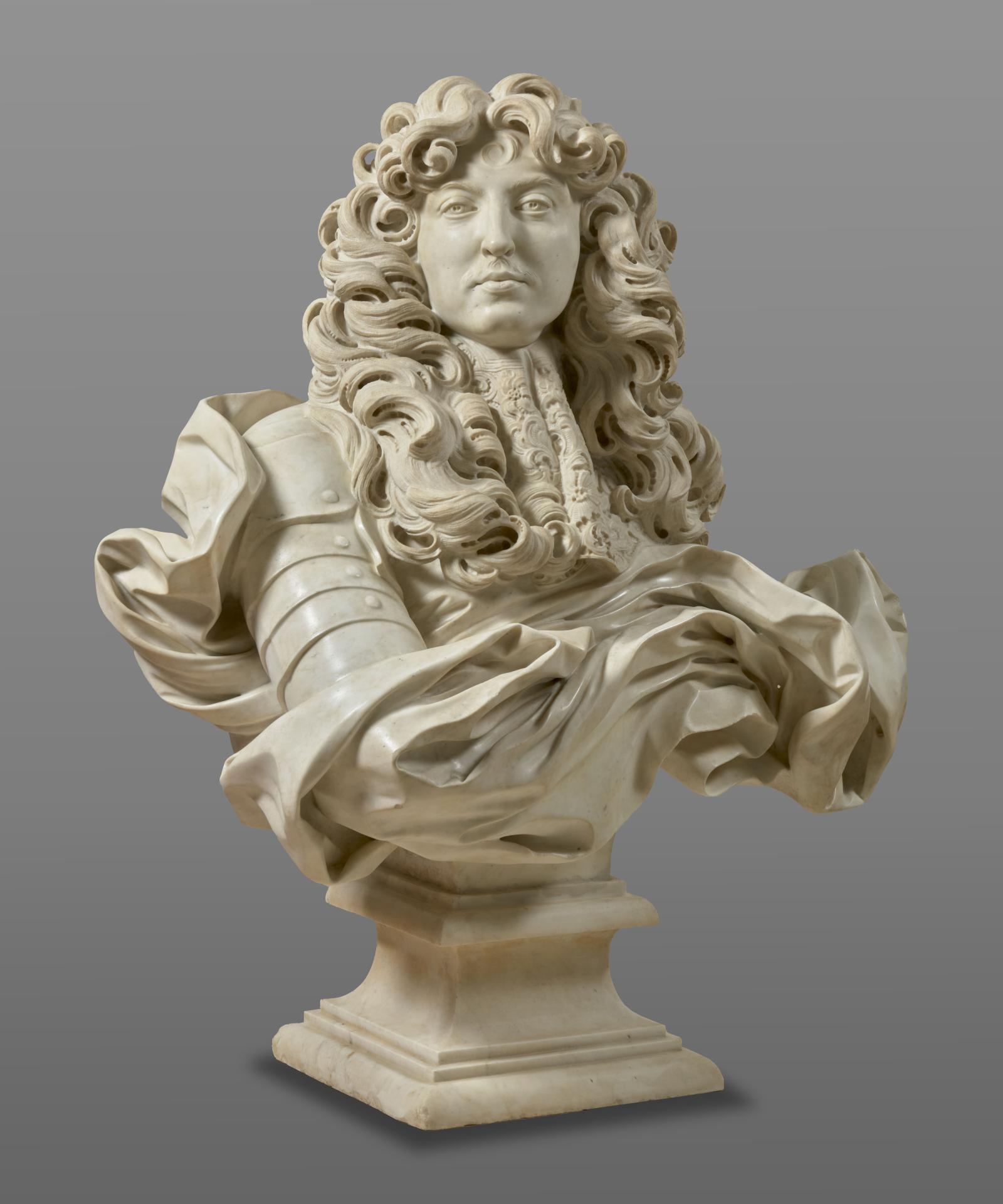
Bust of Louis XIV by Bernini
© Chateau de Versailles/Christophe Fouin
The exhibition

© Palace of Versailles / C. Fouin
This exhibition was running in tandem with the restoration work which has been taking place in the Diana Room since October 2021 to restore the decorative painted and sculpted scheme on the ceiling, coving and overdoors to their former glory. This room offered a setting designed to reveal the full detail of the connection between the genius of the artist and the majesty of his bust of Louis XIV.
The exhibition, which was presented in the Dauphine’s apartment, turned the spotlight in particular on one of the most iconic artefacts in the palace collections: the bust of Louis XIV, sculpted in marble by Bernini during his trip to Paris in 1665.
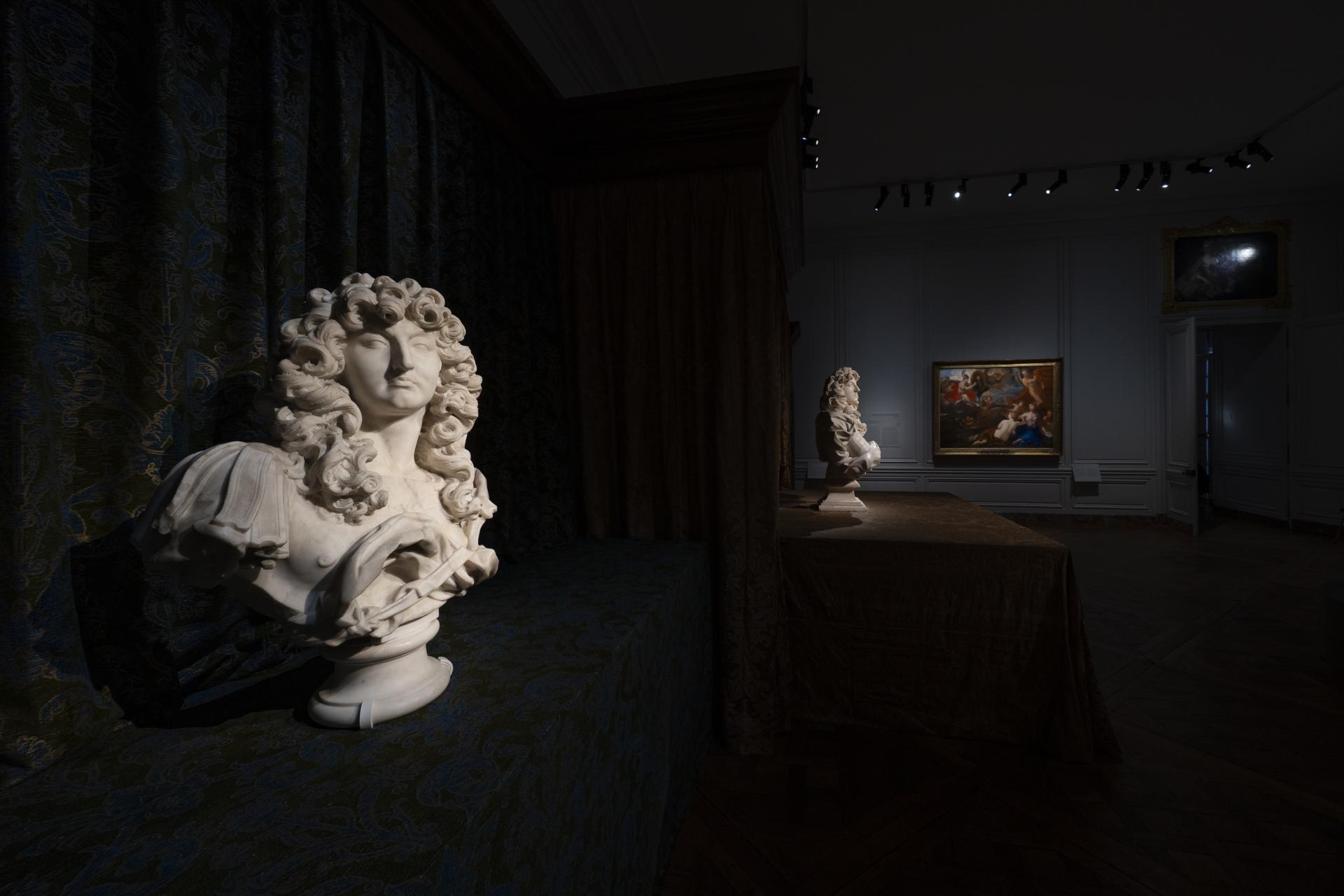
The exhibition
© EPV / Thomas Garnier
The first room presented the main protagonists of Bernini’s trip to France, which produced what some art historians consider to be “the most magnificent baroque portrait”. The second room focused on Bernini’s work and French artists’ responses to it. This dialogue between the Italian baroque and French classicism marked the beginning of an artistic rivalry which would extend into the reign of Louis XV.
The bust of Louis XIV, which is usually displayed in an elevated position in the Diana Room some distance away from visitors, was accessible at close quarters, offering a unique opportunity to admire in detail this masterpiece of 17th-century sculpture. It was displayed at eye-level and presented virtually as it would have been when it was first revealed to the king in 1665.
The artist and history
When Bernini made his trip to France, his reputation preceded him. Louis XIV’s invitation to Paris in 1665 came at a time when he was considered to be the most famous sculptor in Europe. Although the project for a new Louvre designed by Bernini had been a failure, the bust of Louis XIV, a truly idealized portrait of the king, was the high point of this extended trip, despite the issues associated with the choice of marble and the many criticisms it attracted. The famous bust celebrating the sovereign grandeur of Louis XIV, which was exhibited at the Tuileries and then at Versailles, is a work whose artistic inspiration transcends mere likeness and embodies timeless majesty.
Following this success, Louis XIV commissioned an equestrian statue from Bernini, but this received a less enthusiastic reception from the king.
The exhibition retraced this striking episode when art became a tool for representing power.
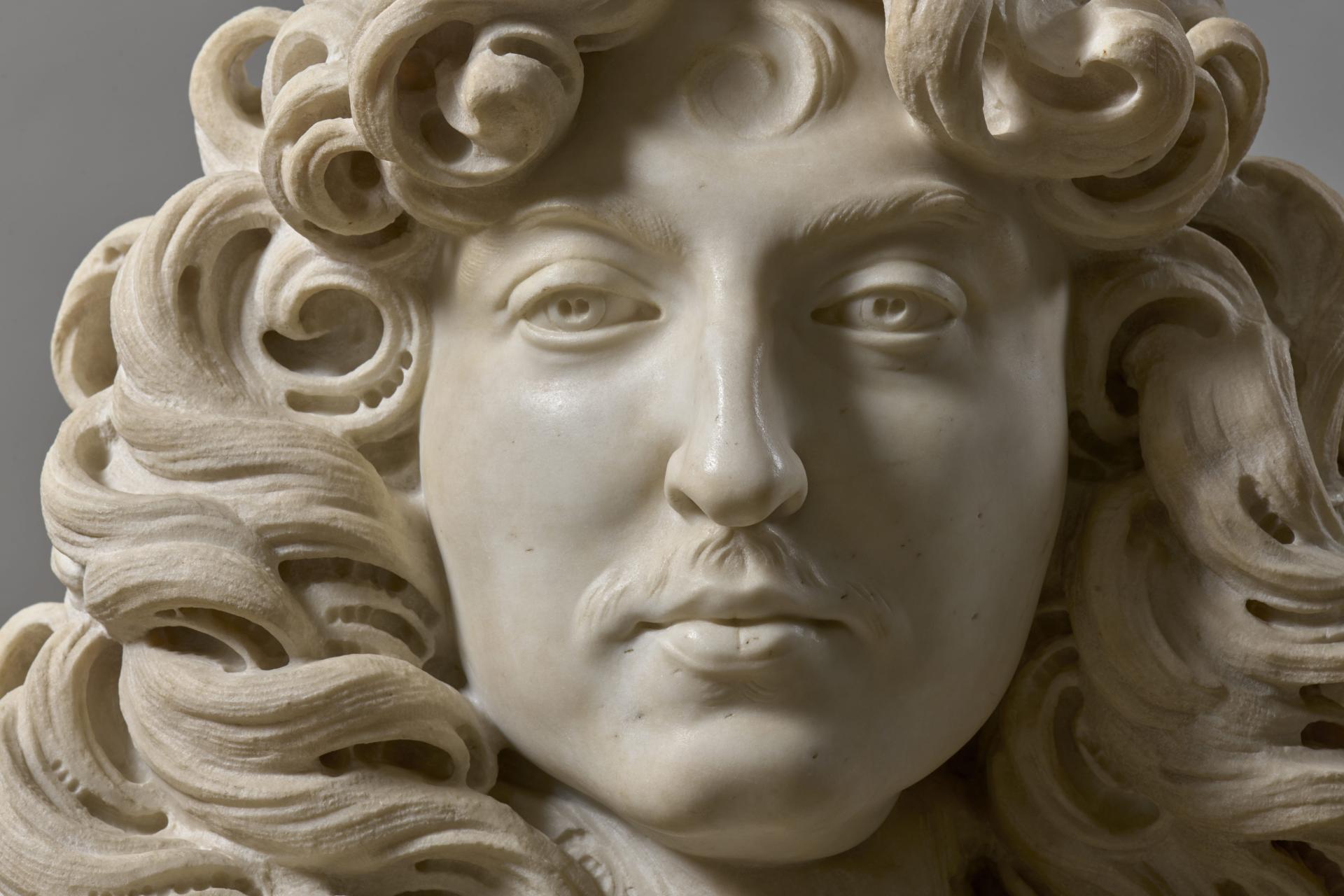
The bust of Louis XIV
© Chateau de Versailles/Christophe Fouin
Exceptional loans and artistic context
The exhibition was enriched with outstanding loans from French and international institutions; these make it possible to trace the context in which the bust of Louis XIV was created and offer an insight into the genius of Bernini.
They included the portrait of Bernini painted by Giovanni Battista Gaulli (Gallerie Nazionali Barberini Corsini, Rome) and the bust of Alexander VII sculpted by Bernini (Fondation Palazzo Chigi Zondadari, Sienna) which reflect his popularity at that time and his relationship with his clients, notably Pope Alexander VII. Several works from the collections at Versailles were also on display, including Advances in the Art of Drawing in the Reign of Louis XIV by Nicolas-Pierre Loir, which elevates the king to the status of a divine figure at the very height of artistic creation, and The Glory of Louis XIV Triumphs over Time by Baldassare Franceschini, which celebrates the immortality of the sovereign.
These works make it possible to explore the artistic and political issues associated with Bernini’s visit to the French court. Drawing on a selection of works and documents, the exhibition put light on the prominent figures who turned this trip into an artistic and political event. One of the key players was Jean-Baptiste Colbert, whose portrait painted by Claude Lefèbvre in 1666 has been moved for the exhibition from the Louis XIV rooms to the Dauphine’s apartment.
This exhibition illustrated the artistic and political ambition of the reign of Louis XIV, and revealed the European dimension of his dialogue with the finest artists of his day.
The tactile bust
Learn how to touch with your eyes closed...
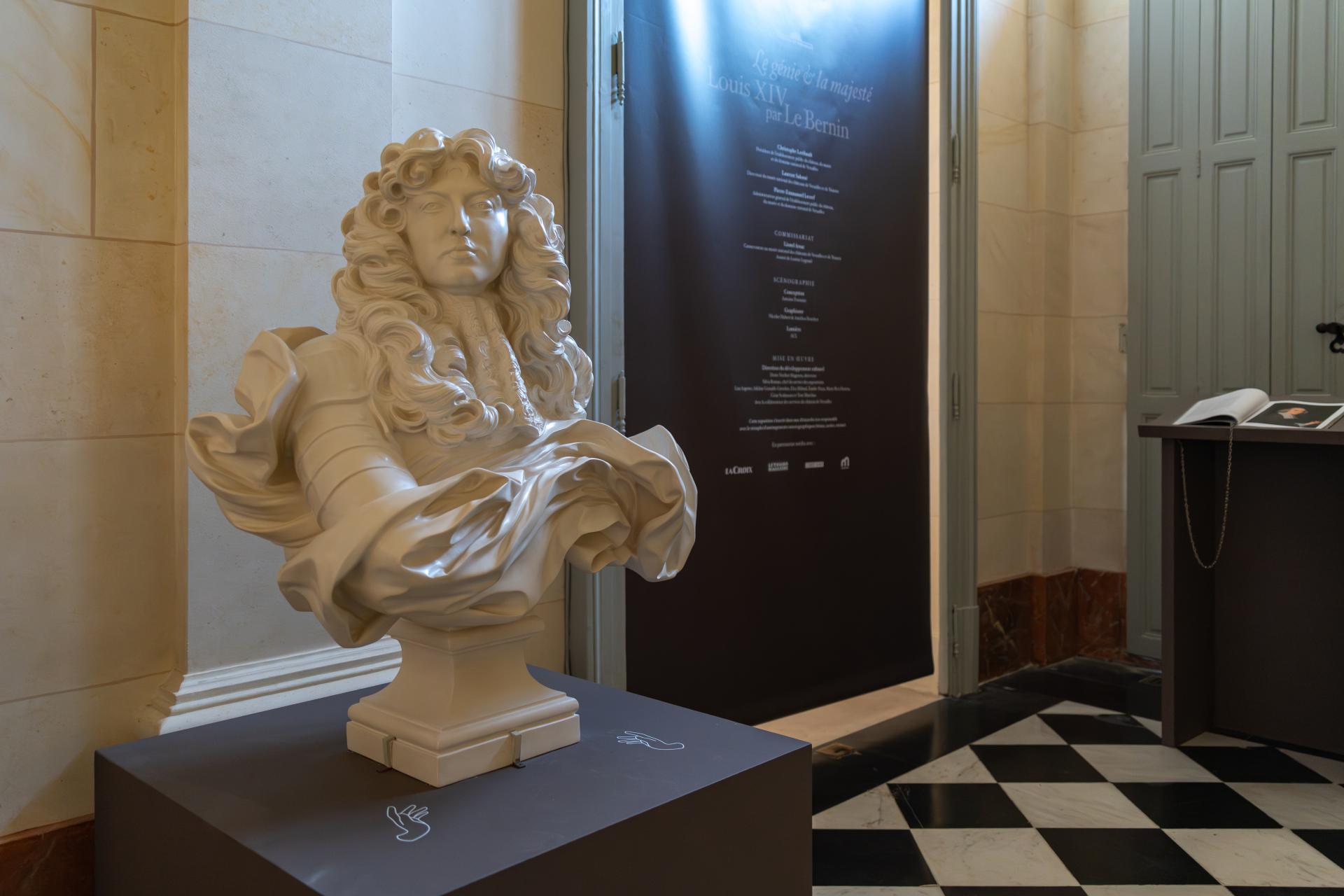
© EPV / M. Toumi
Visitors could discover Bernini's sculpture of Louis XIV in a new way thanks to the tactile bust. This faithful reproduction of the original invited them to explore the work through touch, revealing the subtleties of the artist's craft. Designed as an educational tool, this bust also allowed visually impaired people to fully appreciate its forms and details.
Media partners
Practical information
Discover the exhibition catalog
Curator
Curator: Lionel Arsac, Palace of Versailles Heritage Curator.
Exhibition design: Antoine Fontaine
Mobile app and Audio tour



